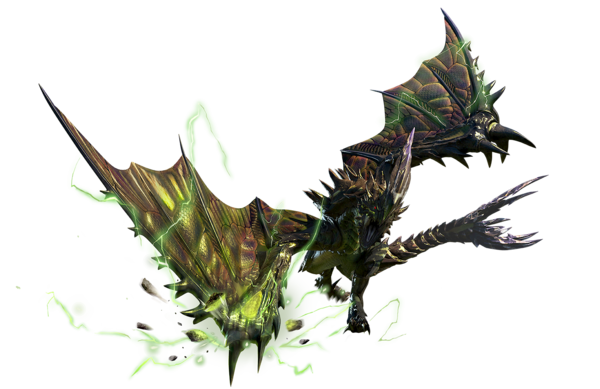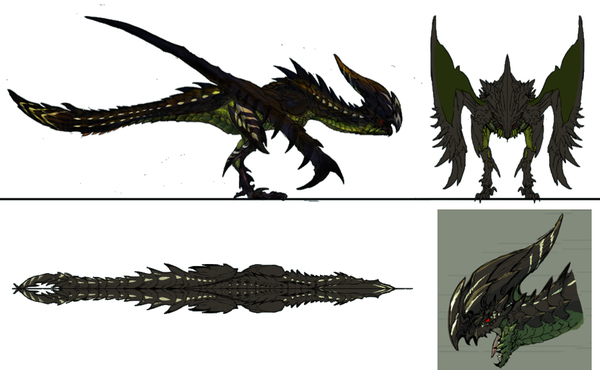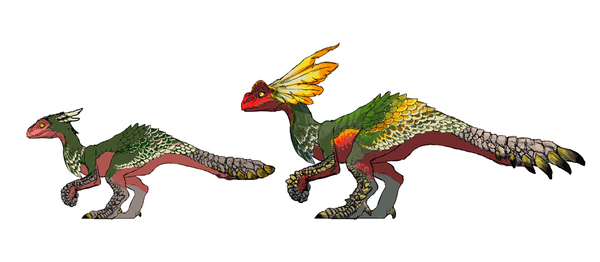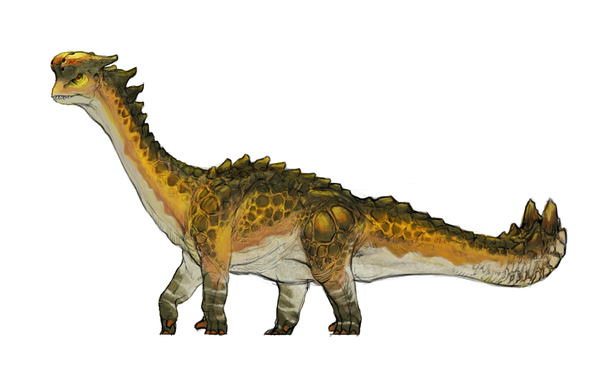
Monster Hunter Generations Localization Notes Part 2 – Astalos, Maccao and Larinoth
Jun 03, 2016 // Marco
Hi everyone! Time for another look at the localization of Monster Hunter Generations ! Today we’ll start talking about some of the monster names, but if want to read more about the title as a whole and processes that went into localizing it, please check out my first blog post here .
Let’s kick it off with one of the four new flagship monsters!
Astalos
Astalos, one of the Fated Four monsters is a Thunder Wyvern that makes its home in warm and wide-open spaces such as the Verdant Hills and Ancestral Steppe. It has the ability to charge electricity into its wings, tail and crest over time, which it uses to increase its attack range, speed and power. On top of that, it can also inflict hunters with status ailments such as Paralysis and Thunderblight.
ライゼクス [ ra-i-ze-ku-su ], the Japanese name for the monster, is derived from the Japanese word for thunder, “rai” and the German word for insect, “insekt”. While the monster’s wings do resemble that of an insect’s, we didn’t want to focus on that in the localized name, as insects have the connotation of being small pests that can easily be swatted away. This monster is anything but that! It’s more likely to give YOU a good swatting. So, we decided to change the suffix to “los” instead, for two reasons:
1. It’s a common suffix among existing monster names, so it would fit well within the Monster Hunter universe.
2. To highlight the similar, but opposing, existence to the Rathalos. Astalos shares the same habitat as the Rathalos and Rathian, so the two species are often fighting over the same territory and prey. The overall shape of its body is also similar to that of the Rathalos and Rathian, so we liked the idea of bringing that similarity into the name as well.
As for the first half of the name, we wanted to keep the thunder/lightning reference, but wanted to change “Rai” to something else. “Railos” just didn’t sound right. We picked out different words from other languages that had the same meaning and came up with various proposals. Here are a few:
• Astralos: from “astrapi,” Greek word for lightning.
• Fulgalos: from “fulgur,” Latin word for lightning.
• Nitralos: from “tonitrus,” Latin word for thunder.
Astralos was one of our top picks, but it didn’t quite roll off the tongue. So we tried dropping the “r” and ended up liking the ring of Astalos much better. It sounded aerodynamic, which we thought was a good fit given the monster’s sleek and sharp appearance. Fortunately for us, the director of the game, Yasunori Ichinose, liked it as well!
 Reference image of Astalos during localization
Reference image of Astalos during localization
Maccao and Great Maccao
Localizing the names for Maccao and Great Maccao was easy. The Japanese name, マッカオ [ ma-kka-o ], is a combination of “màt” and “kào”, Thai words for fist and knee. Interestingly enough, the inspiration for their attacks came from Muay Thai, so keeping the name as it was seemed appropriate. All we really needed to decide after that was how we wanted to romanize it.
 Reference images of Maccao and Great Maccao during localization
Reference images of Maccao and Great Maccao during localization
Larinoth
リモセトス [ ri-mo-se-to-su ], as this monster is called in Japanese, is derived from the Greek word for neck, “laimós,” and the Latin word for whale, “cetus.” We worried this might be too much of a mouthful to say, so we brainstormed other possibilities based on the monster’s appearance and characteristics. Its neck being one of its most distinguishing features, we kept “laimós” in the name, but switched out the whale reference for “ocarina,” which was the model for the vocal organs on its head used to signal the herd of any threats in the area. We romanized the “osu” in the Japanese name to “oth,” and came up with Larinoth (laimós + ocarina + oth), which we felt was much easier to pronounce.

Reference image of Larinoth during localization
That’s all for now. Thanks so much for reading! I’ve got plenty more to share with you next time, so check back soon!
-
Brands: Monster HunterTags:
-

Loading...
Platforms:
